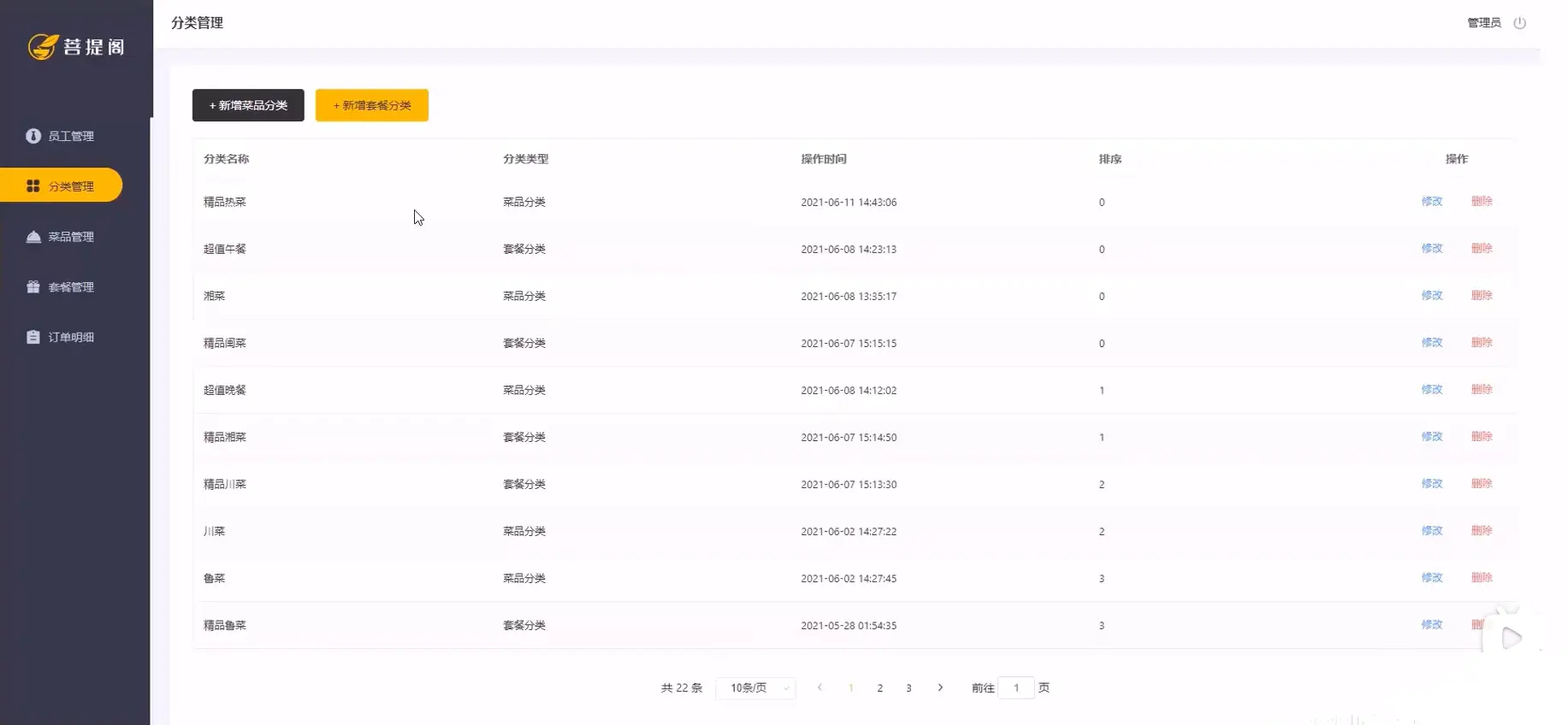都是股权激励,中国电信和中国移动谁对员工更大方?
都是股权激励,中国电信和中国移动谁对员工更大方?

我预计中国电信设定的行权价格大概在2.5港元左右(当前为2.35港元)。而招商证券、野村证券等证券公司此前曾发研报预估中国电信股价将在年内达到3.8港元。如果它们预估正确的话,每人最终获利可达37.7万港元!
来源 | 悲了伤的白犀牛
图片来源 | 视觉
近年来,随着阿里、腾讯、华为等明星企业员工收入和激励的惊艳表现,直接带动大IT行业的收入水平水涨船高,随便一家名不见经传的IT企业都频频开出“天价薪酬”,高薪高福利似乎成为常态。
- 01 -
相较而言,国内三大电信运营商似乎成为了“收入洼地”,哪怕是中国移动这样的现金牛大户,其员工薪资水平在多轮限薪令、多年滞涨之后,也已经泯然众人,挣扎在贫困线左右。
“收入洼地”背后就是“人才洼地”,这些年三大运营商流失了多少英才,如果知道真相的人,绝对会感到触目惊心。
但这还没完,收入低下不光造成现有人才人心背离,将门外的英才拒之门外,甚至更严重的是,收入低还可能造成内部人员习惯性“躺倒”,劳动积极性低下,当一天和尚撞一天钟,而才是最致命的!
无论战略、策略、战术、举措、方案多伟大、多正确,最终要落地,还是要靠人,靠企业那几十万员工,如果员工躺倒了,企业要站起来,那几乎是不可能的事情。
当然,运营商自身也为此感到苦恼,外人看来三大运营商每年上百亿、几百亿、上千亿的利润赚着,“不予家奴”是因为企业吝啬吗?肯定不是!运营商不是私人老板企业,哪怕贵为董事长,也只是员工一名,赚的利润也到不了管理层任何一个人的钱包里,他们太愿意给员工涨薪、发钱了。
但是,运营商不是私人企业,它们是国企、央企,运营商的高层管理者只是管家、看门人,运营商赚到的利润是要上交国库的。那运营商该怎么办呢?只能在各种政策和文件的狭窄空间中周转腾挪,来为员工争取一些利益。
- 02 -
而股权激励就是其中的一种!——2019年11月,国务院国资委印发了《关于进一步做好中央企业控股上市公司股权激励工作有关事项的通知》,鼓励中央企业利用股权激励来激发企业核心骨干员工积极性。
在这样的大政策的指引下,三大运营商都纷纷开展了股权激励工作——
近日,中国电信向核心骨干人员发放新春大礼包,通过了《中国电信股份有限公司核心骨干人员股票增值权2021年授予方案》的议案。根据该方案,中国电信计划向最多共约8300名核心骨干人员授予最多约24.12亿股股票增值权。待国资委批准后,董事会将确定授予日及按该方案厘定行权价。
而在2020年6月,中国移动向9914位激励对象授予合共涉及约3.056亿股股份的股票期权,行权价格每股股份55.00港元,行权有效期结束时间自授予日起10年后。此举的目的是为了进一步完善公司治理结构,有效吸引、激励和保留核心骨干员工。
- 03 -
那这两大运营商的股权激励政策,哪个含金量更高,哪个能够给员工带来更高收益呢?我们来做一个简单的分析——
中国移动:3.056亿股,按9914人平分的话,人均能分得3万多股,行权价格55港元,中国移动的行权价格设定为55港元,若在行权期内中国移动股价超过55港元,那获授权的员工就可能赚取中间的"差价"——中信证券此前就预估中国移动在5G红利期内最高能达到104港元。如果中信证券预估正确的话,按平均每人3万股计算,则每人最终获利可达147万港元!
中国电信:24.12亿股,按8300人平分的话,人均能分得29万股,行权价格未定,但为了规避国有资产流失的嫌疑,一般行权价格肯定是高于当前及过去一段时间的平均股价,我预计中国电信设定的行权价格大概在2.5港元左右(当前为2.35港元)。而招商证券、野村证券等证券公司此前曾发研报预估中国电信股价将在年内达到3.8港元。如果它们预估正确的话,每人最终获利可达37.7万港元!

- 04 -
那这个激励是不是天上掉馅饼、唾手可得呢?当然不是!
股票期权是一种不同于职工股的新型激励机制,它有效地把企业员工与其自身利益很好地结合起来。简单来说,员工必须要努力,让企业发展得更好,让企业的股票不断上涨,才能获得激励。
中国移动当前的股价是50.5港元,是低于55港元这个行权价的,而放眼近段时间,中国移动股价曾经低至41港元,如果后面中国移动股价持续徘徊在55港元以下,自然是没有任何收益的。
但如果这9914名高管和科技人才努力工作,让中国移动股价节节高升的话,后面就进入了收获期,比如,如果股价能回到年内最高点,人均盈利就高达38万港元。要知道,中国移动在4G初期的股价曾经高达118港元,如果能回到这个高光时刻,人均盈利就高达190多万港元!
中国电信的情况同样如此,放眼过去5年,中国电信的股价大部分时候都在4港元以下徘徊,整个2020年几乎都没超过3港元,而在2021年初,受美股退市影响甚至创下1.81港元的历史低价,如果其股价一直没有起色,自然没有收益。但如果这8300名高管和科技人才努力工作,让中国电信股价节节高升的话,后面就进入了收获期。
但是,这谈何容易?!受"提速降费"减利性政策的影响,叠加三大运营商之间明争暗斗的价格战,还有行业整体下行趋势,最近几年,无论是中国移动还是中国电信的股价都呈现单边下行的趋势,要让它们的股价重拾升势、逆转势头,这着实有点难度。
这种股权激励不是净赚不赔的,比如,当初混改之初,中国联通按“腰斩价”3.79元/股的价格向符合条件的9000多名激励对象授予限制性股票,最近中国联通的股价已经跌至4元左右了,考虑到当时很多人参与了信贷计划以筹措资金来持有股票,那两年多过去了,当时贷款的利息估计能吃掉10个点的利润,算下来还是亏的。
当然,中国电信和中国移动的激励不存在亏损的情况,因为它们是"授予股票期权",而非"授予股票认购权",并不需要支付现金进行购买。
无论如何,归根结底一句话,要有收益,必须努力!这也是此激励计划的根本目的。
- 05 -
最后,谈一下这个激励计划可能存在的问题。
有一个潜在的隐忧是,持股员工是不是有可能在形成固化的阶层,比如在涉及到关键的岗位遴选、人才培养、利益分配、考核晋升等多方面自觉或者不自觉的形成一个固化的团体?
更为值得思考的话题是在国有企业的持股员工与非持股员工之间是否有可能形成基于持股的身份不平等,进而在企业思维结构和企业发展目标的建构和理解上形成两个截然不同的阶层?
此外,如何合理甄选激励对象、分配激励名额,这也是非常关键的事情,否则,不但不能达到激励关键人员的作用,反而会激化矛盾,造成"受冷落"的技术骨干心灰意冷,进而选择离开,这一点不得不防啊。
- END -
白犀牛期待你的关注
腾讯云开发者

扫码关注腾讯云开发者
领取腾讯云代金券
Copyright © 2013 - 2025 Tencent Cloud. All Rights Reserved. 腾讯云 版权所有
深圳市腾讯计算机系统有限公司 ICP备案/许可证号:粤B2-20090059 深公网安备号 44030502008569
腾讯云计算(北京)有限责任公司 京ICP证150476号 | 京ICP备11018762号 | 京公网安备号11010802020287
Copyright © 2013 - 2025 Tencent Cloud.
All Rights Reserved. 腾讯云 版权所有











